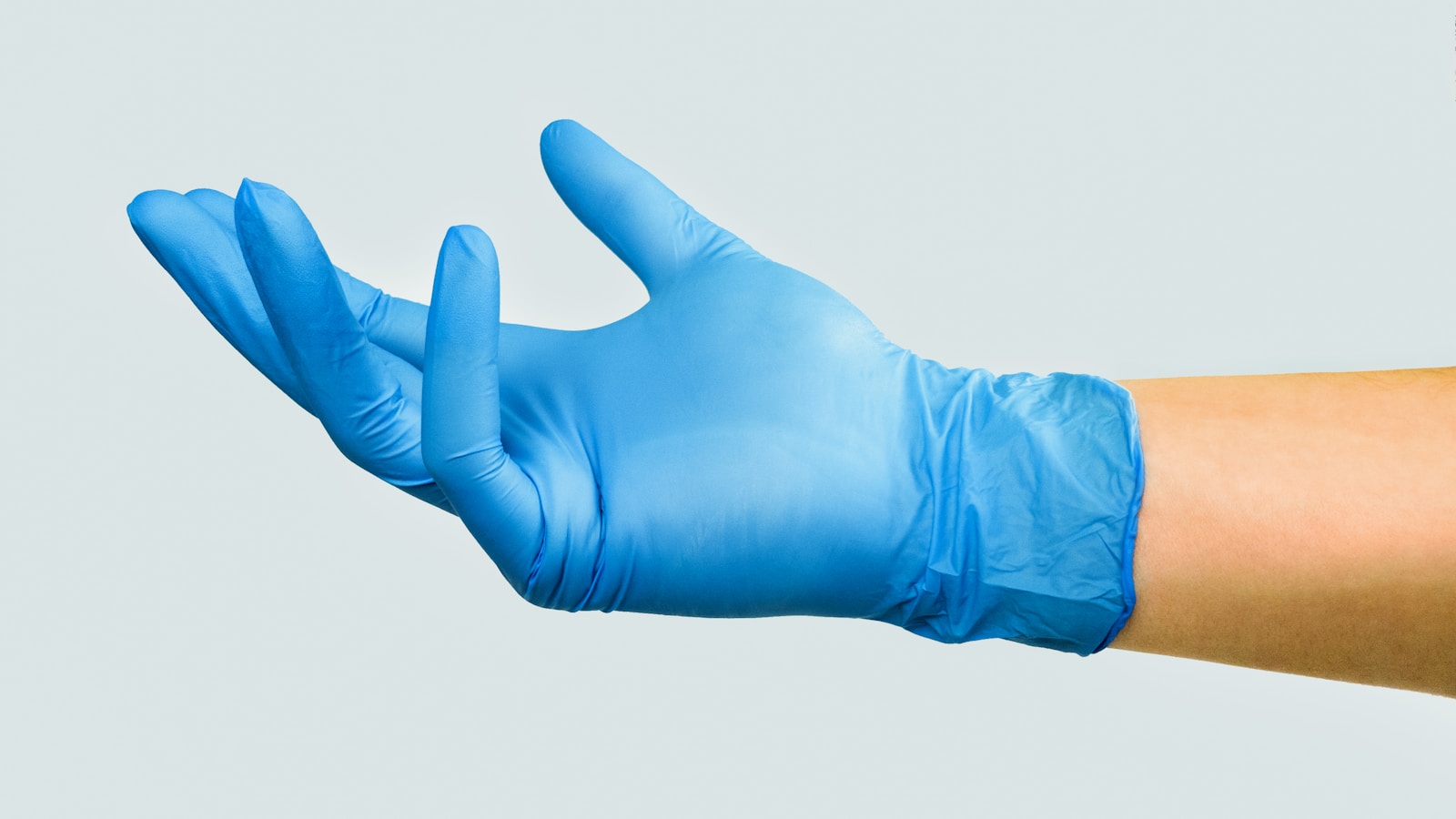NOVEL MEASURES OF SPERM DNA DAMAGE INCREASE ITS USEFULNESS TO DIAGNOSE MALE INFERTILITY AND PREDICT LIVE BIRTHS FOLLOWING BOTH IVF AND ICSI
BACKGROUND
• Lister has been using the SpermComet test since 2011
• Initial clinical thresholds seen as a limitation of the test:
– 0-25%– 25-50%– >50%
No significant DNA damage Consider IVF
ICSI recommended
• Majority of clinic results fall in the 25-50% range
• Tighter thresholds would be more clinically useful in guiding treatment selection.
OBJECTIVES
• Determine and compare novel Comet Plot parameters to identify which has the highest ability to predict a live birth following IVF and also ICSI.
• Analyze the relationship between treatment pathway, live birth and sperm DNA damage for clinic patients who have had the SpermComet test.
• Define clinic specific thresholds to better guide the selection of treatment pathway.
CONCLUSIONS
All COMET markers highly predictive of male subfertility confirming role for testing in unexplained infertility
IVF Livebirth rate declined sharply once sperm DNA damage exceeded all ROC threshold levels identified with
HCS > 6% the most predictive (38% vs 13%)
ICSI Livebirth rate moderately declined once sperm DNA damage exceeded all ROC threshold levels identified with HCS > 10% the most predictive (43% vs 28%)
SUMMARY
• We have identified clinic-specific thresholds for ACS and novel SpermComet parameters
• Role for testing in Unexplained Subfertility
• Role for prediction of ART outcome / improved treatment pathway
– HCS parameter is most predictive of IVF and ICSI Livebirth
– Recommend IVF over ICSI even with normal semen parameters with COMET scores above identified thresholds
– ICSI livebirth also impacted by COMET scores suggesting role for urological intervention to reduce damage before treatment
– ?Role for testicular retrieval with very high levels / recurrent cycle failures
https://examenlab.com/wp-content/uploads/2018/11/Nicopoullous-BFS





